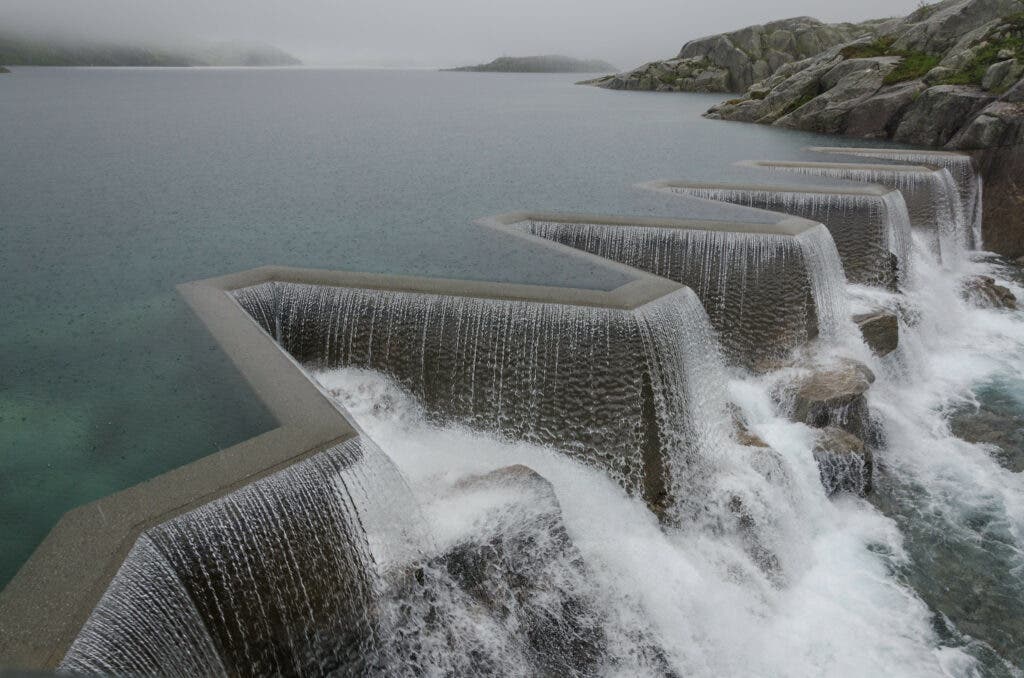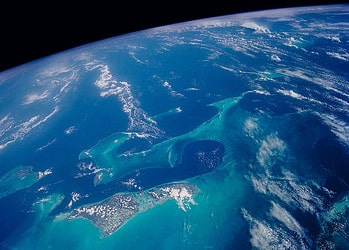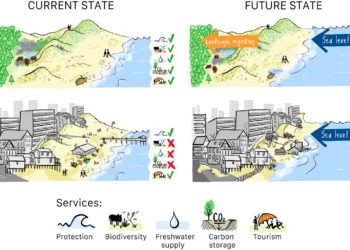While melting glaciers and thermal expansion are driving up ocean levels, the construction of large-scale dams is helping to limit that increase. A new study argues that dams prevented water from entering the oceans and stalled the rising seas.

The rate of global sea-level rise since 1900 has varied over time, but the contributing factors are still poorly understood. Previous studies found that the summed contributions of ice-mass loss, terrestrial water storage, and thermal expansion of the ocean could not be reconciled with observed changes in the mean sea level.
In this new study, researchers looked at information about sources and measurements to come up with a new and more accurate estimation. They argued that dams and reservoirs had a big impact on sea levels over the past 100 years, as well as thermal expansion of the seas and the melting of glaciers.
The world now has about 58,000 large dams, many of them built over the last 60 years. There was a construction boom between the 1950s and 1970s, leading to many large-scale dams being completed. The researchers argued that the ability of dams to block water from flowing into the sea has slowed sea level rise.
“A large part of this dip is because sea level [rise] was almost brought to a halt because of the amount of water stored in dams,” lead author Dr. Thomas Frederikse, from Nasa’s Jet Propulsion Laboratory in Pasadena, California, told BBC. “So by building dams, we almost stopped sea level rise for a decade or so.”
The study found sea level has increased by approximately 1.5 mm per year over the twentieth century, with fluctuations stretching over several decades. Changes in the sea level were the net result of many geophysical and climatological processes, with some of the largest contributions coming from ice-mass loss and thermal expansion.
Without dams and reservoirs, the sea level would have been around 12% higher, according to the researchers. Nevertheless, the influence of dams started to fade away in the 1990s, as fewer dams were built due to growing concerns about their environmental impact.
The lack of new dams plus the growing influence of climate change and the greater thermal expansion of waters has led to sea levels rising more quickly over the past 30 years, the researchers argued, now running at about 3.35mm per year.
This prompts the question of whether new dams could help deliver the world from rising waters. Frederiske says that adding new extra barriers wouldn’t necessarily work now, suggesting instead to cut greenhouse gas emissions.
“At the height of the dam-building, we were able to slow sea-level rise by about 0.8mm per year. And now we’re seeing sea levels rising in the last 10 years by about four millimeters per year,” he said.
“So it means that you have to build five times the number of dams that we built in that period to stop the current rate of sea-level rise.”
The study was published in the journal Nature.






